The stele of Amenhotep III, with its grandeur and timeless legacy, continues to captivate the modern world. Among its treasures stands a remarkable artifact. This intricate piece, housed in the Egyptian Museum in Cairo, is a powerful testament to the might and divinity of one of Egypt’s greatest pharaohs.
Erected during the reign of King Amenhotep III (c. 1391–1353 BCE), this stele commemorates the pharaoh’s triumphs and portrays him as a divine warrior king. Its vivid carvings offer a glimpse into the ideals, beliefs, and power dynamics of ancient Egyptian society. Let’s explore more mysteries with archeology. dulichvn.net
A Glimpse into the Reign of Amenhotep III
Who Was Amenhotep III?
Amenhotep III, often referred to as “Amenhotep the Magnificent,” ruled during Egypt’s 18th Dynasty—a golden age of prosperity and cultural flourishing. His reign saw architectural marvels, international diplomacy, and the height of Egyptian art.
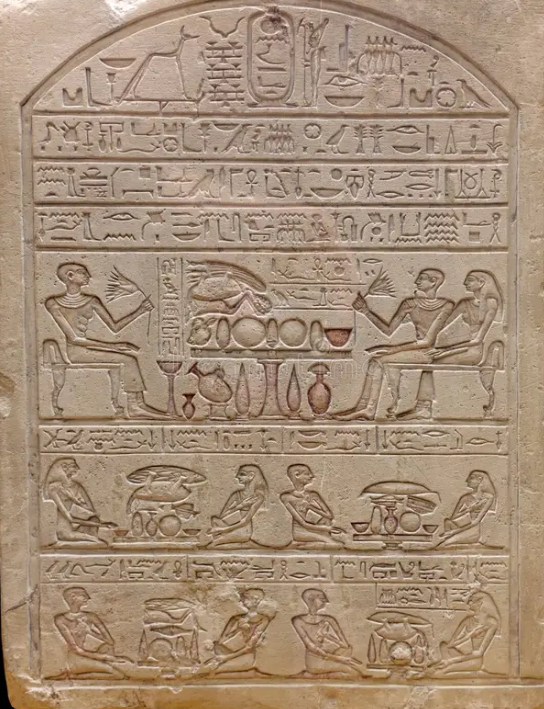
The Purpose of the Stele
The stele was erected to solidify Amenhotep III’s divine right to rule and commemorate his victories over foreign adversaries. It was both a historical record and a piece of royal propaganda, designed to assert Egypt’s supremacy and the pharaoh’s connection to the gods.
Cultural Significance
Beyond its artistic beauty, the stele serves as a vital historical artifact. It reflects the religious and political ideals of the time, blending depictions of divine protection with images of military might.
See more: Standing Tall The Story of Redwood Trees and Their Timeless Beauty
Decoding the Imagery of the Stele
The Central Figure: Amenhotep III in Action
At the heart of the stele is a dynamic scene: Amenhotep III stands tall in his chariot, commanding the battlefield. His posture exudes confidence and authority, embodying the ideal warrior king.
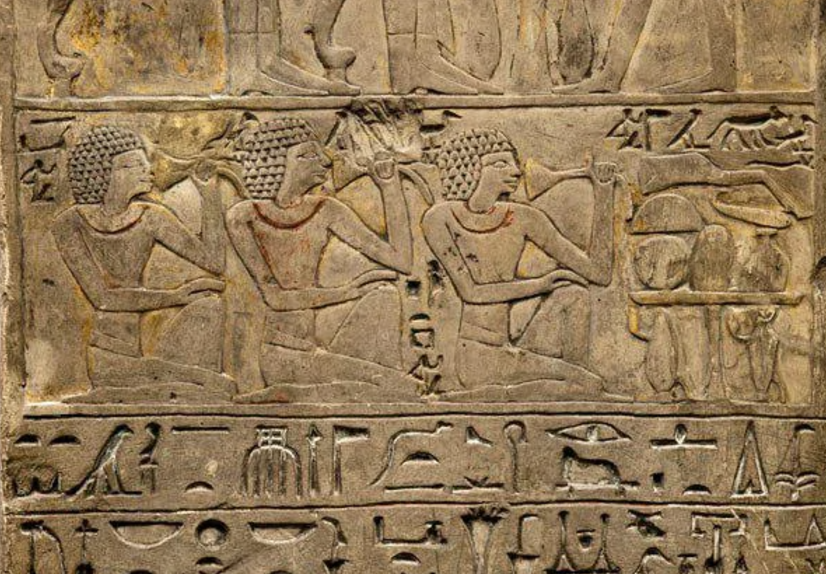
Divine Protection from Nekhbet
Above the king, the goddess Nekhbet, depicted with outstretched wings, offers her protection. She holds symbols of life (ankh), stability, and dominion, emphasizing the divine endorsement of Amenhotep III’s rule.
A Display of Power Over Adversaries
The stele vividly illustrates the pharaoh’s dominance over his enemies. Under his chariot lie bound captives, their contorted bodies a stark reminder of Egypt’s might. The grim imagery serves both as a warning to potential foes and a celebration of the king’s military prowess.
See more: Explore Stonehenge Unexplained Mysteries
Symbolism and Legacy of the Stele
Divinity and Kingship
In ancient Egypt, pharaohs were considered divine intermediaries between the gods and the people. The stele’s depiction of Amenhotep III highlights this belief, portraying him as a godlike figure with supernatural protection.
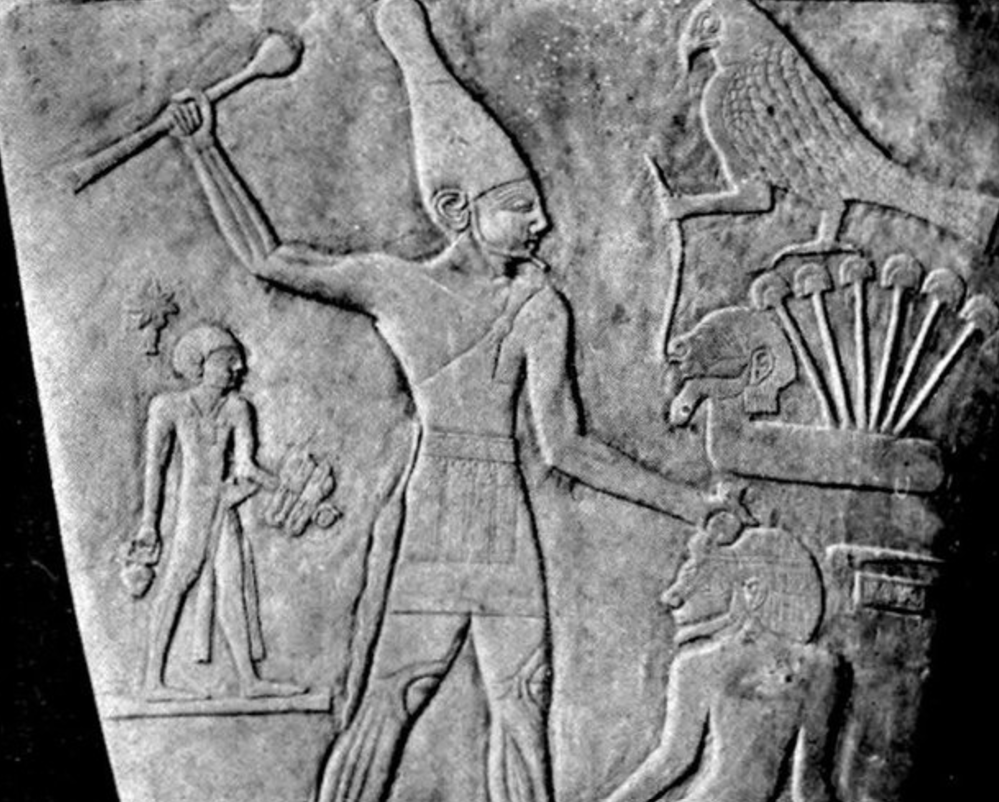
The Role of Warfare
Warfare was not only a means of territorial expansion but also a way to assert divine favor. The stele’s martial imagery underscores the pharaoh’s role as protector of Egypt and his ability to vanquish threats to its stability.
Artistic Mastery
The craftsmanship of the stele reflects the artistic sophistication of the 18th Dynasty. Every detail, from the folds of the king’s robe to the intricate feathers of Nekhbet’s wings, showcases the skill and devotion of the artisans who created it.
The Stele Today: A Connection to the Past
Preservation in the Egyptian Museum
Now housed in Cairo’s Egyptian Museum, the statue remains a key attraction for visitors. Its preservation allows modern audiences to connect with a civilization that flourished over three millennia ago.
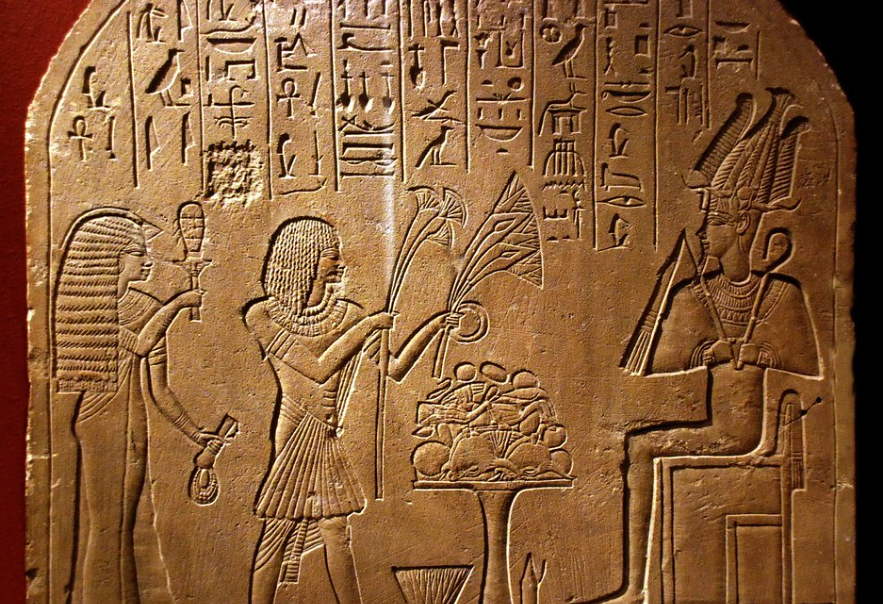
Educational Significance
The stele offers invaluable insights into the cultural, political, and religious aspects of ancient Egypt. For historians and archaeologists, it serves as both a historical document and a work of art.
A Source of Inspiration
For contemporary audiences, the stele of Amenhotep III is more than just an artifact—it’s a reminder of humanity’s enduring creativity and the power of storytelling through art.
Conclusion
The stele of Amenhotep III is a masterpiece that bridges the past and present. Its rich imagery and symbolism tell the story of a powerful ruler who embodied the ideals of ancient Egyptian kingship. From its depiction of divine protection to its celebration of military triumphs, this artifact continues to inspire awe and admiration.

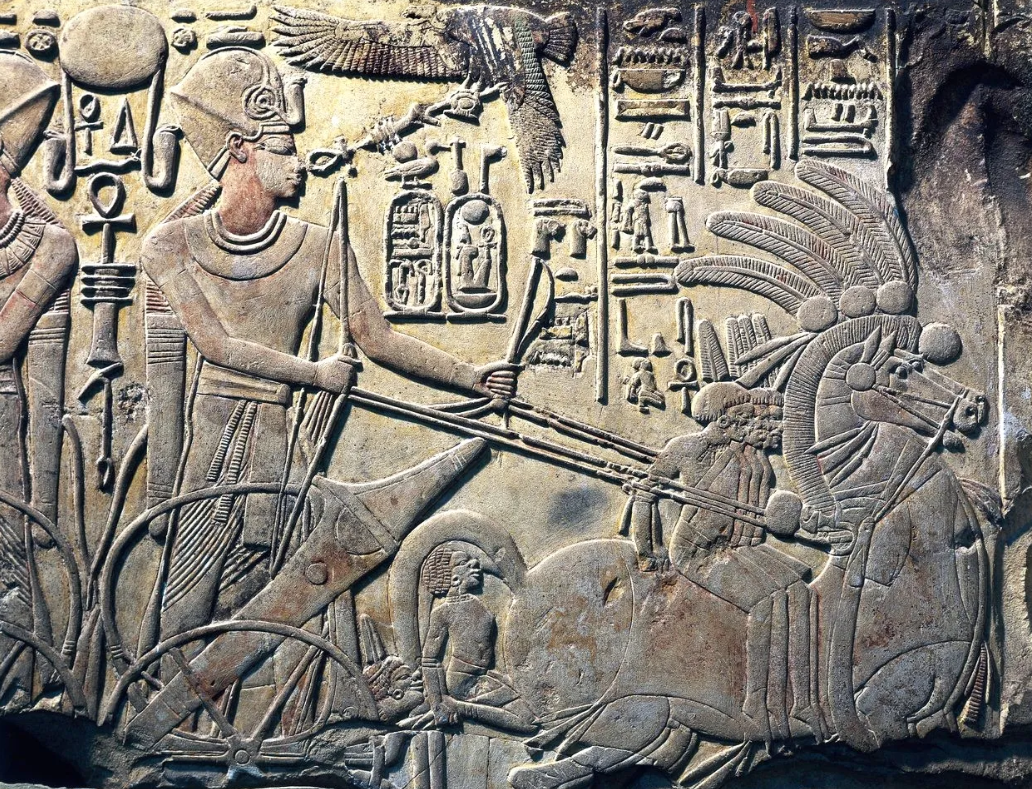
CÁC TIN KHÁC
Mark Twain & Olivia Langdon: A 36-Year Love Story Filled with Laughter and Devotion
The Tollund Man: A 2,400-Year-Old Mystery Preserved in a Danish Bog
Skara Brae: Scotland’s Hidden Neolithic Village
Porta Nigra: The Hidden Depths of Trier’s Iconic Roman Gate